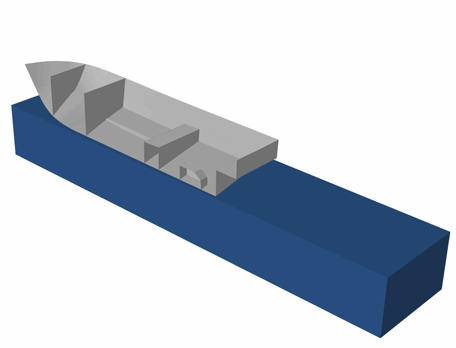(Altair: Troy, MI) -- Earlier this year, Altair announced that its finite element dynamic simulation tool, Radioss, will have an open-source version available to users, called OpenRadioss. The goal of this open-source release by the simulation software company is to jump-start the pace of innovation in the engineering community. Releasing the code as open source is one way Altair feels it can bring together the industry, academic, and research communities that already use the software and find new ways to use it.
|
ADVERTISEMENT |
The company’s motivation is to advance the societal impact that Radioss can have by shifting the tools to OpenRadioss. Altair hopes to gain more users as engineers and programmers employ what is now available as a free offering for the engineering and design of aerospace, railways, electronics, and automotive applications. Users of all organizational sizes in these industries now have free access. In other words, the potential for technological advances is huge.

OpenRadioss will help users make fluid structure and multiphysics decisions. (Image courtesy of Altair)
…
Add new comment